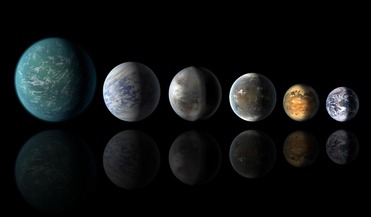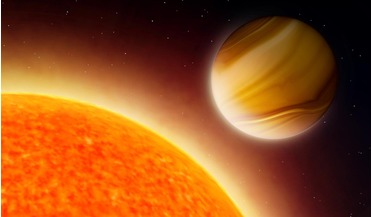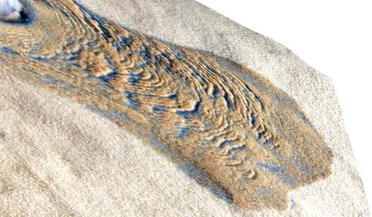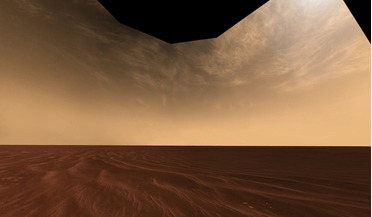 20 August 2018
Galaxy should be teeming with water-worlds say researchers
20 August 2018
Galaxy should be teeming with water-worlds say researchers
... 500 degree Celsius range. Their surface may be shrouded in a water-vapour-dominated atmosphere, with a liquid water layer underneath. Moving deeper, one would expect to find this water transforms into high-pressure ices before we reaching the solid...
 11 December 2019
Water abundance lower than expected on exoplanets
11 December 2019
Water abundance lower than expected on exoplanets
... from the Institute of Astronomy at Cambridge, who first measured low water vapour abundances in giant exoplanets five years ago. “It is incredible to see such low water abundances in the atmospheres of a broad range of planets orbiting a variety...
 03 May 2016
Martian Seasonal Streaks May be Caused by Boiling Water
03 May 2016
Martian Seasonal Streaks May be Caused by Boiling Water
...downslope and filtered into the sand. The evaporating water vapour blasted grains upward, creating ridges which collapse onto... on the study. "This process in which unstable boiling water causes grains to hop and trigger slope failures may underlie ...
 22 December 2016
Faint signals of water in the nearby Universe can now be detected by ALMA
22 December 2016
Faint signals of water in the nearby Universe can now be detected by ALMA
... it should be abundant in the dusty disks where planets are believed to form, however, measuring water in space accurately can be tricky due to the water vapour in Earth’s atmosphere which can interfere with observations. The way in which ALMA's Band...
 July 2016
Plasma Crystals - from space research to medicine on Earth and back to space again
July 2016
Plasma Crystals - from space research to medicine on Earth and back to space again
... 600 non-equilibrium chemical reactions in air, although only three components play a role: oxygen, nitrogen and water vapour. These chemical reactions can be ‘designed’ to some extent to yield mainly anti-microbial properties (by producing the same...
 15 August 2016
Was early Mars warmed by cirrus cloud cover?
15 August 2016
Was early Mars warmed by cirrus cloud cover?
... regarded, neither theory alone completely accounts for the amount of water needed to carve out the martian valley systems. However a ...for liquid water to flow in vast volumes. Cirrus clouds on Earth form when dry air rises turning water vapour into ...